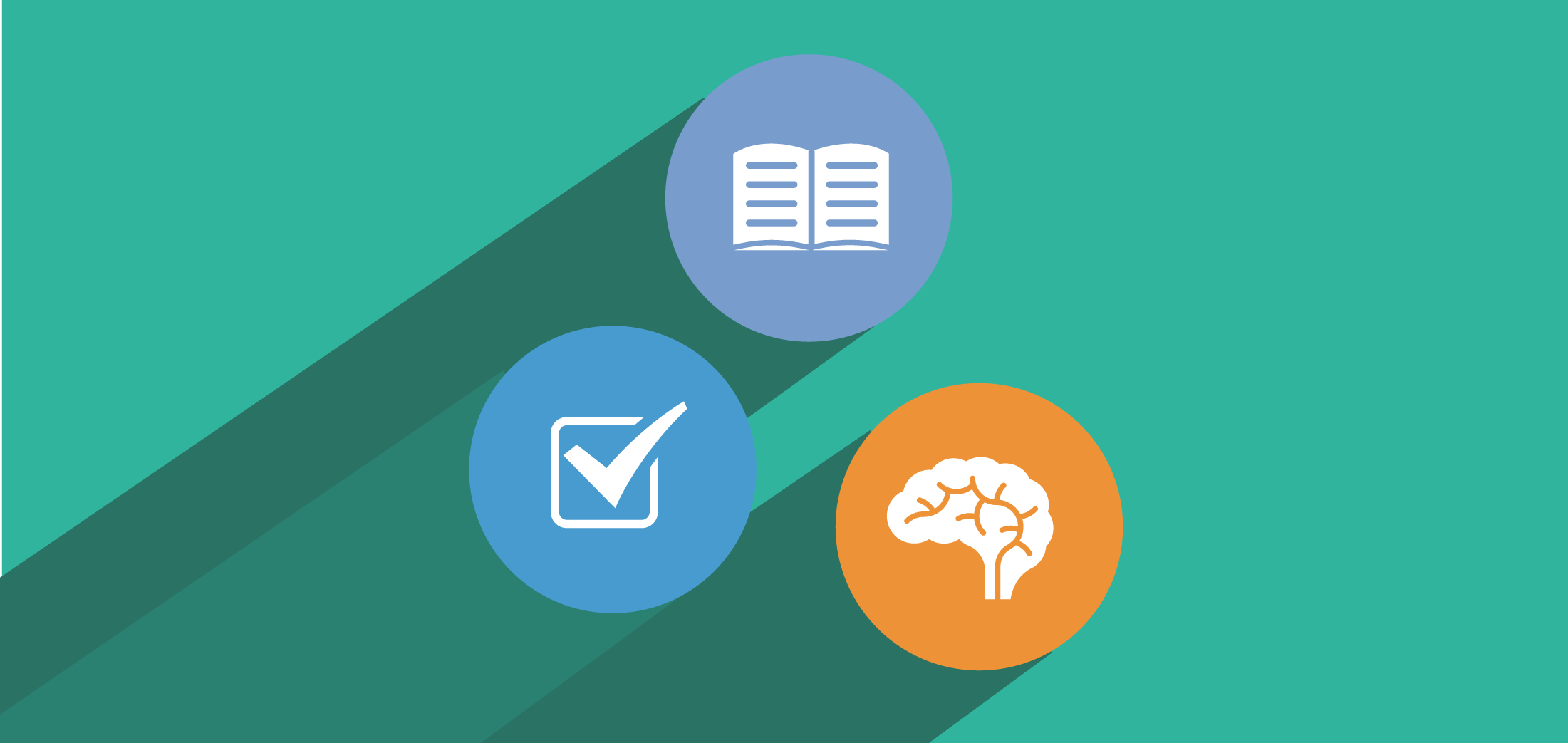

By Vicki A. Jacobs
To develop literacy skills that serve specific kinds of content learning, we first need to determine our purposes for teaching and learning that content. For example, an English teacher might want students to be able to define imagery, identify it in poetry, and understand how imagery can contribute to a poem’s meaning and reflect a poet’s style.
The next step is to define the kind of learning those instructional goals require. Taxonomies of learning (like Bloom’s) describe kinds of learning along a continuum — usually from knowing (the memorization of facts, information, sequences, or algorithms) and doing (the practice or demonstration of skills and processes) to understanding (the construction of meaning about what we know and the application of that understanding).
Once we know our instructional purposes and the kinds of learning those purposes require, then we can align our assessments with both. We can also then choose the methods and strategies, including literacy strategies, to scaffold our students’ ability to learn and succeed.
For example, teachers who want students to know something might use such strategies as pneumonics that promote memorization. To achieve doing goals, teachers might offer students multiple ways to practice to achieve automaticity. To achieve understanding, teachers need to engage students in activities that allow them to investigate and construct meaning — that is, to comprehend.
In the case of teaching imagery, for example, students can “know” imagery by memorizing a definition of it. Students can “do” imagery by practicing finding examples of it in a poem according to the definition they have memorized. But if that’s all students do, then they won’t have realized anything about imagery — about its why. They would know what an image is but they would not have understood (that is, comprehended) anything significant about it.
To support students’ understanding (or comprehension) of imagery as a concept, we would have to ask questions that merit investigation, such as: How do poet’ uses of imagery inform the possible meanings of their poems or reflect their styles?
For example, we could choose a poem rich in imagery that is particularly consistent with a thematic message and a poet’s style, and then we could take out the key images, giving students choices of other images to use to construct their own meaning of the poem. Students could then investigate how those different images create different mental pictures, leading to different interpretations of the poem. Only after students have understood the relation between the images they have chosen and the emotional effect and meaning those images have on reading the poem would we give them the full poem with the original poet’s wording. At this point, students should be more interested in thinking about why the poet chose her particular images and how those images influence their reading of the poem, than in wanting to know what the “right images are.” At the end of such an exercise, teachers can explain that the class has been focusing on words that some people call “imagery,” and then ask, “What do you think imagery means?”
In this way, students construct a definition of imagery based on their background knowledge and experience, which is the bedrock of student learning. This process might take a whole teaching block, but that time would allow students to internalize an understanding of what imagery is and why and how writers use it. Students will have comprehended something about “information.”
In sum, when we think about comprehension as an understanding process achieved through inquiry, then we not only strengthen students’ literacy skills development (in service of learning content) but also support their ability to be independent learners in different academic areas.
This answer was developed in partnership with Usable Knowledge at the Harvard Graduate School of Education.

To develop literacy skills that serve specific kinds of content learning, we first need to determine our purposes for teaching and learning that content. For example, an English teacher might want students to be able to define imagery, identify it in poetry, and understand how imagery can contribute to a poem’s meaning and reflect a poet’s style.
The next step is to define the kind of learning those instructional goals require. Taxonomies of learning (like Bloom’s) describe kinds of learning along a continuum — usually from knowing (the memorization of facts, information, sequences, or algorithms) and doing (the practice or demonstration of skills and processes) to understanding (the construction of meaning about what we know and the application of that understanding).
Once we know our instructional purposes and the kinds of learning those purposes require, then we can align our assessments with both. We can also then choose the methods and strategies, including literacy strategies, to scaffold our students’ ability to learn and succeed.
For example, teachers who want students to know something might use such strategies as pneumonics that promote memorization. To achieve doing goals, teachers might offer students multiple ways to practice to achieve automaticity. To achieve understanding, teachers need to engage students in activities that allow them to investigate and construct meaning — that is, to comprehend.
In the case of teaching imagery, for example, students can “know” imagery by memorizing a definition of it. Students can “do” imagery by practicing finding examples of it in a poem according to the definition they have memorized. But if that’s all students do, then they won’t have realized anything about imagery — about its why. They would know what an image is but they would not have understood (that is, comprehended) anything significant about it.
To support students’ understanding (or comprehension) of imagery as a concept, we would have to ask questions that merit investigation, such as: How do poet’ uses of imagery inform the possible meanings of their poems or reflect their styles?
For example, we could choose a poem rich in imagery that is particularly consistent with a thematic message and a poet’s style, and then we could take out the key images, giving students choices of other images to use to construct their own meaning of the poem. Students could then investigate how those different images create different mental pictures, leading to different interpretations of the poem. Only after students have understood the relation between the images they have chosen and the emotional effect and meaning those images have on reading the poem would we give them the full poem with the original poet’s wording. At this point, students should be more interested in thinking about why the poet chose her particular images and how those images influence their reading of the poem, than in wanting to know what the “right images are.” At the end of such an exercise, teachers can explain that the class has been focusing on words that some people call “imagery,” and then ask, “What do you think imagery means?”
In this way, students construct a definition of imagery based on their background knowledge and experience, which is the bedrock of student learning. This process might take a whole teaching block, but that time would allow students to internalize an understanding of what imagery is and why and how writers use it. Students will have comprehended something about “information.”
In sum, when we think about comprehension as an understanding process achieved through inquiry, then we not only strengthen students’ literacy skills development (in service of learning content) but also support their ability to be independent learners in different academic areas.
This answer was developed in partnership with Usable Knowledge at the Harvard Graduate School of Education.